What is a tiered onion and how is it grown?
Until now, even experienced gardeners look with amazement and a fair amount of doubt at the multi-tiered bow. An unusual type of vegetable crop raises concerns that such an "exotic" plant can be successfully grown in the local area. In fact, a multi-tiered onion is unpretentious to care for, frost-resistant, and harmful insects prefer to bypass it. The decorative component is no less important - rarely any of the passers-by remains indifferent at the sight of the beds with an amazing plant.
Characteristics
Gardeners appreciate multi-tiered onions for their ease of growing, unpretentious care, juicy crunchy bulbs and, undoubtedly, an unusual appearance.
- Plants located on the first tier form small puffed fruits with green feathers. They become the basis of the second tier and begin to release arrows again. An amazing multi-layered vertical onion bed is gradually formed.
- The bulb under the ground is loose and small. In the process of growing, it breaks down into several parts, but their taste leaves much to be desired. But onions of medium size, located above the surface of the beds, are distinguished by excellent strength, juiciness, sharpness and crunch.
- The dormant period for a multi-tiered onion is completely absent, therefore it bears fruit throughout the growing season.
- In a couple of years, the root system of a vegetable crop reaches a diameter of 1.5 m, which is not surprising - it needs to provide a huge multi-tiered plant with nutrients.
- Young green arrows do not coarsen for a long time compared to conventional onions.
Gardeners grow multi-tiered onions without any problems even in northern latitudes, and residents of southern regions provide themselves with fresh herbs and juicy elastic bulbs for several months in a row.
How to prepare for boarding
Multi-tiered onions are unpretentious in maintenance, but they have certain requirements for the soil. The soil for its cultivation must be neutral and fertile, therefore, organic fertilizers are applied to it before planting. If you choose an open, sun-lit area for planting, then you can harvest a rich harvest for 4-5 years. In order for the first green feathers to appear in early spring, the plant should be planted in the hills.
Advice
Despite their frost resistance, multi-tiered bows can suffer from sudden changes in temperature. Experienced gardeners cover the beds with dense breathable material during the spring frosts.
The plant throws out the first green arrows a year after planting, and a month later begins to grow air bulbs to form the second tier. A vegetable crop grows very quickly, and when it is grown in the southern region, with proper care, the harvest from one garden is quite enough for winter reserves.
Reproduction and planting
Gardeners rarely propagate bulbous plants by seed. This method is practiced only to replenish its collection with new varieties.
How can a multi-tiered bow be propagated:
- bulbs from the 2nd or 3rd tier;
- dividing the overgrown bush.
It is very important to collect the bulbs before they start to release green arrows. Bulbs collected at the end of summer are suitable for planting. They manage to build up the root system in the fall and prepare for a long harsh wintering. After collecting the seed, it must be thoroughly dried, and then placed in the refrigerator in a paper bag.
When landing, you should adhere to a simple algorithm of actions.
- Dig up a garden bed, apply any organic fertilizer.
- Plant the bulbs to a depth of 3.5-4 cm, at a distance of 10-15 cm from each other.
- When planting in a greenhouse, the distance between the bulbs should not exceed 3 cm.
With the onset of spring, multi-tiered onions can be propagated by dividing the bush. The best time to carry out this type of gardening work is after a heavy rain. In order for the bulbs to begin to build up the root system, you need to leave only the central feathers, and trim the side ones.
Advice
Experienced gardeners recommend planting the bulbs in a checkerboard pattern to speed up the formation of subsequent tiers during further cultivation.
If the planting of a vegetable crop is carried out in moist soil, it is better to make a high bed to prevent onion decay. Nutrients must be added to the soil: per 1 sq. m a couple of buckets of organic matter, 1 tbsp. a spoonful of potassium salts, 2 tbsp. tablespoons of superphosphate. Caring for multi-tiered onions will be easier if river sand is added to heavy clay soil before growing.
Proper plant care
A multi-tiered onion will regularly bear fruit even with a careless gardener, and with good care, the harvest will be completely excellent. The soil under the plant should not be too wet, otherwise the delicate bulbs will rot. Watering the garden with onions is necessary as the top layer of the soil dries out. The more water is added to the root, the larger the bulbs are when grown, but at the same time they lose their unique bitterness and crunch.
What kind of care does an "exotic" plant need?
- The soil under the onions needs to be loosened weekly - the flow of fresh air is very important for the root system.
- As soon as the first bulbs appear on the green feathers, you need to attach the arrows to wooden pegs to avoid unwanted damage.
- During the summer, you need to feed with any mineral fertilizer diluted in accordance with the instructions.
- With rapid growth in height, the vegetable crop must be thinned out or divided into several parts.
The plant reacts negatively to weeds, so you need to pull them out regularly. In this case, mulching with mown grass will help to facilitate maintenance. Peat, sawdust or spruce needles will acidify the soil unnecessarily, and this will slow down onion growth. For successful wintering during the autumn planting, the soil must be well loosened in order to destroy the larvae of onion flies.
Control of garden pests
The main diseases of the bulb crop that a gardener may encounter when growing are various types of fungal mold. Suddenly, previously emerald feathers begin to turn yellow and wither. This means that the plant is sick with peronosporosis, it does not have enough nutrients for growth. If you do not urgently take action, then in a few days the fungi will infect all the specimens in the garden. To combat pathogenic fungi, it is necessary to spray it three times with a 1% solution of Bordeaux liquid.
Avoid the onion fly invasion and weevils can be done with proper care. This makes growing tiered onions a pleasure. You should only remove accumulated debris and remove dried feathers and leaves. It is in them that harmful insects like to settle.
Many gardeners sow bulbs collected in the fall on the windowsills. With this germination method, the tiered bow will quickly knock out the first green arrows. By gradually planting the bulbs, you can provide your family with fresh herbs all winter. But you should not wait for the formation of the second tier - this happens only in open ground.
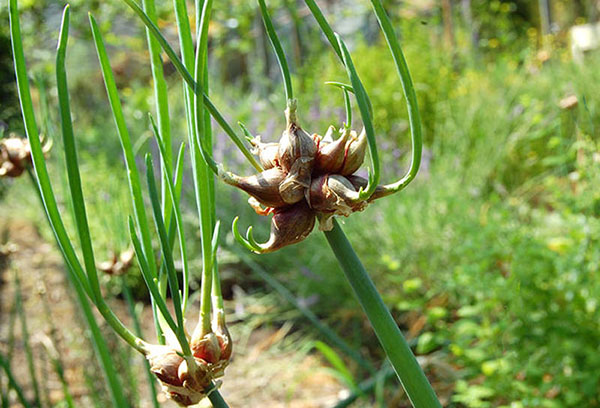
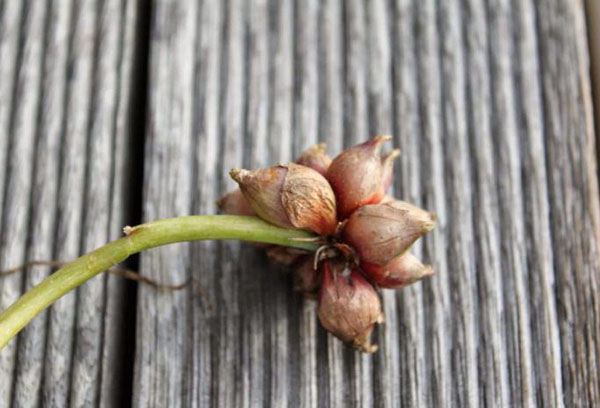

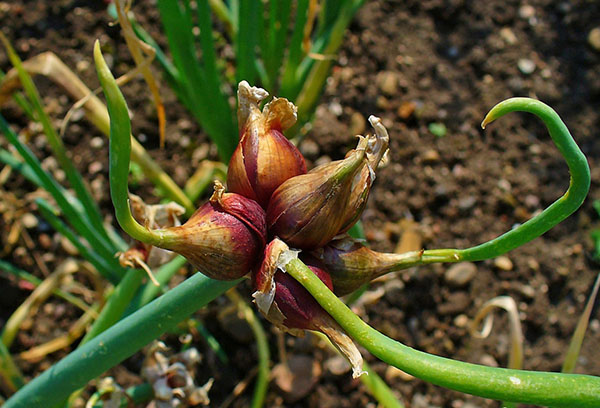
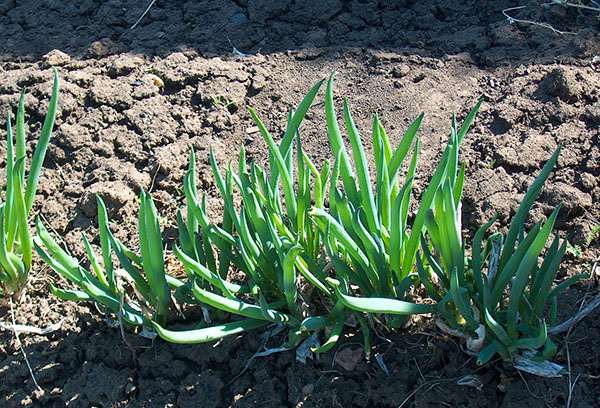
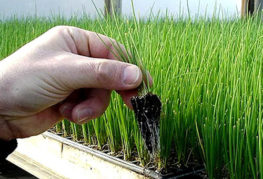
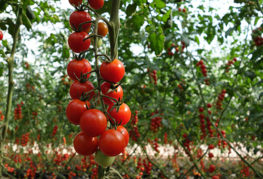
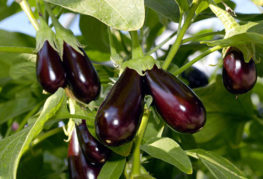
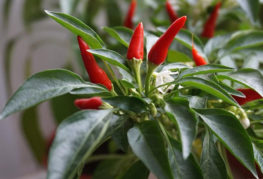
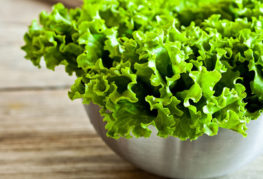
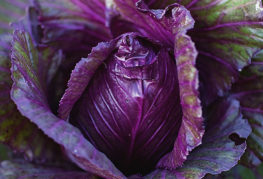
and will be published shortly.